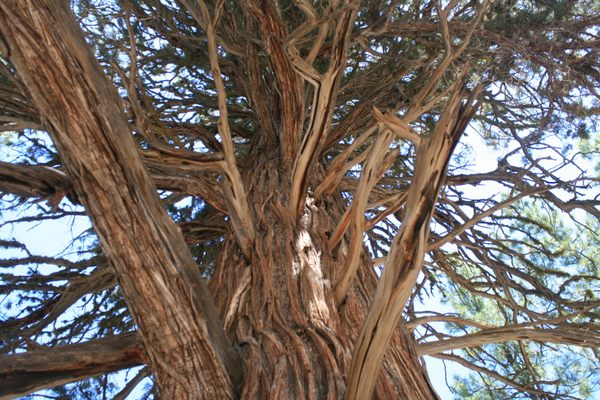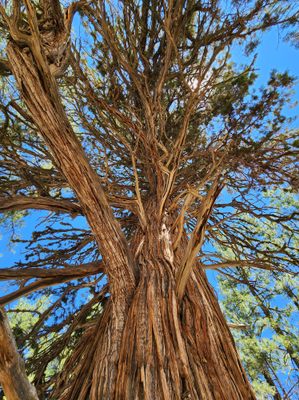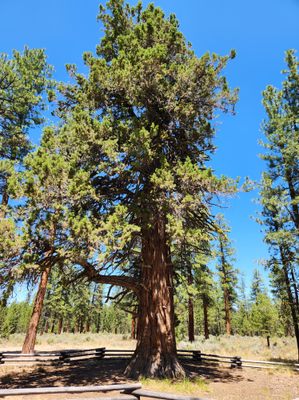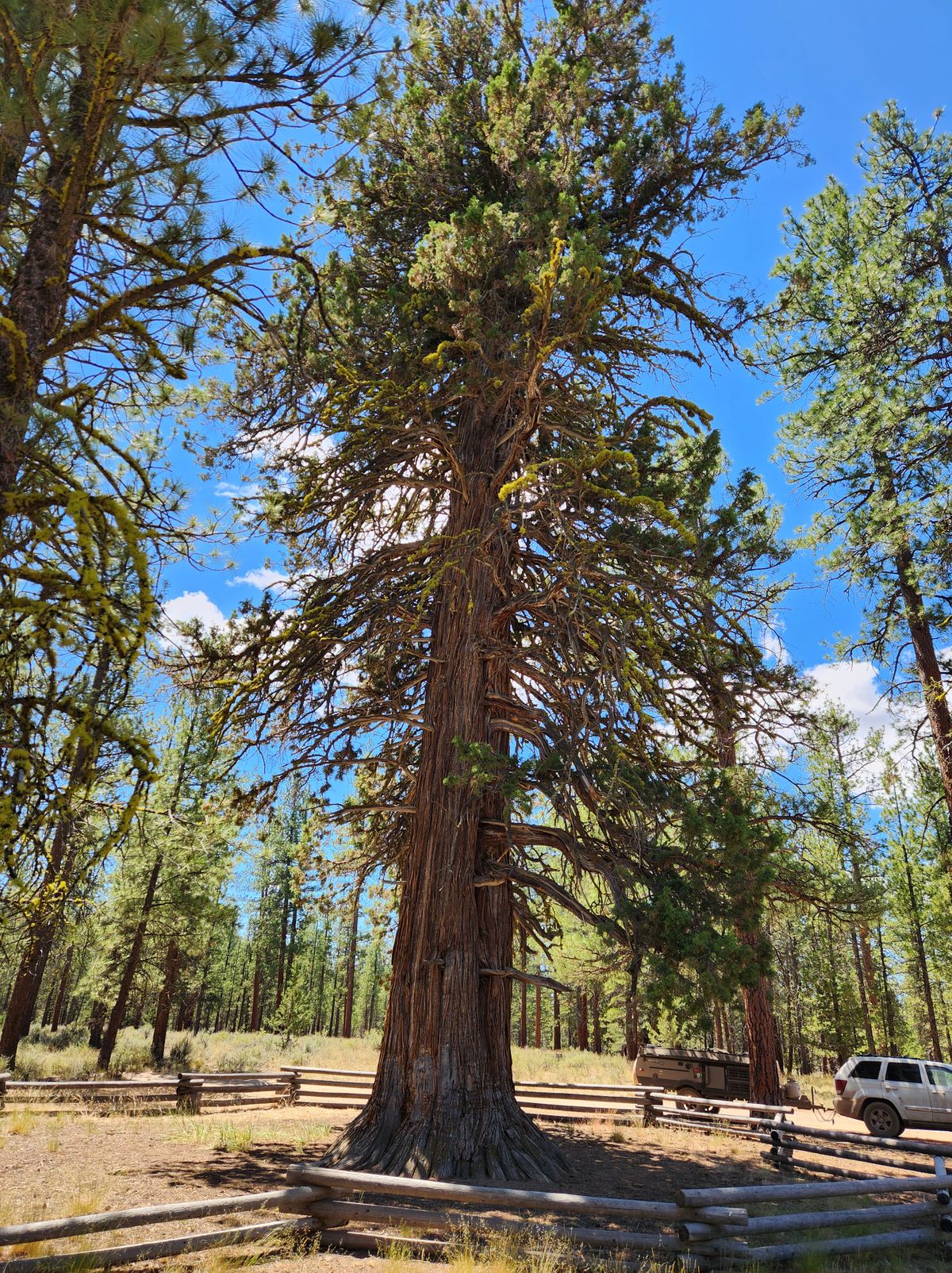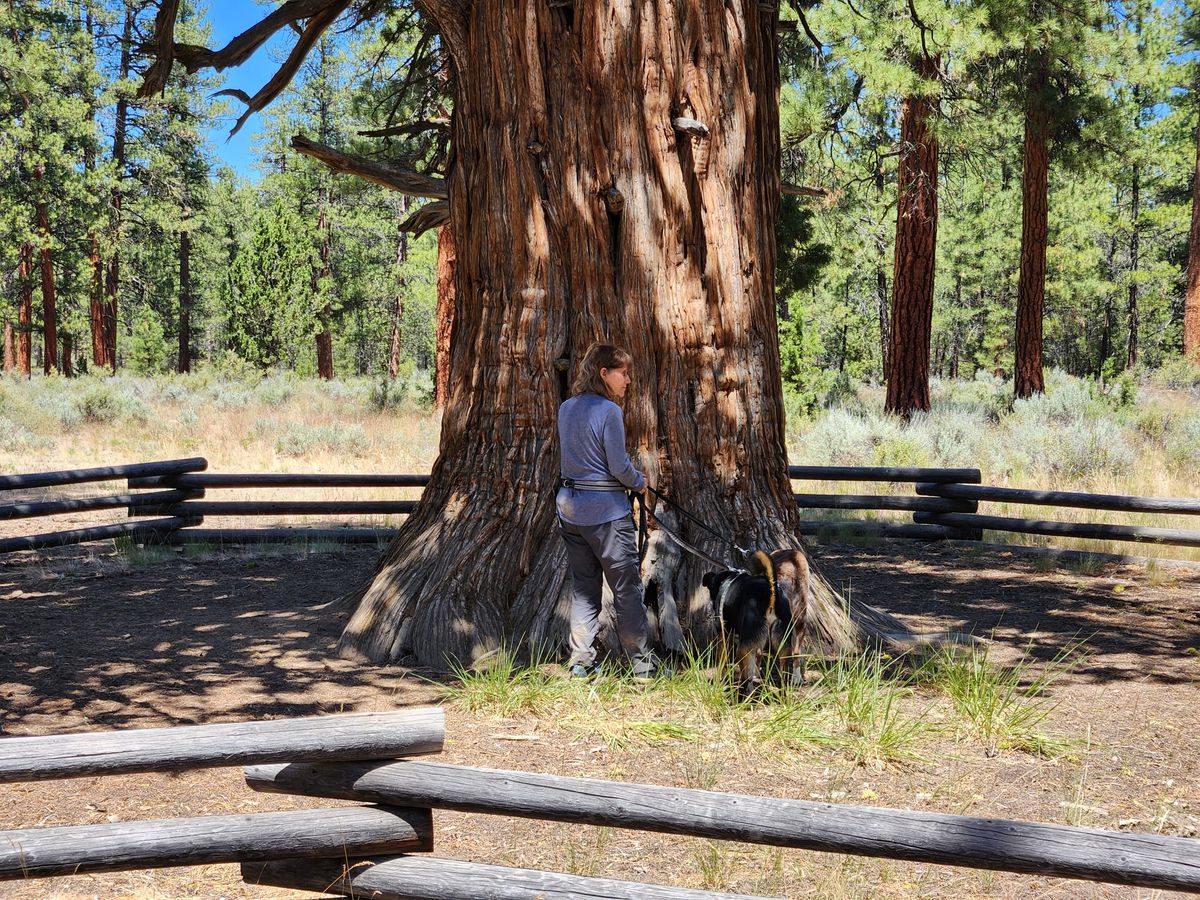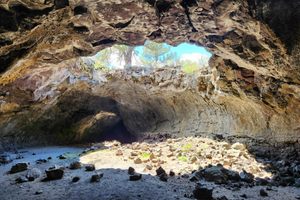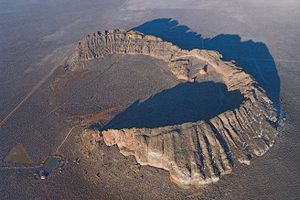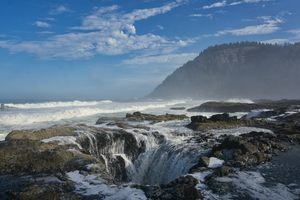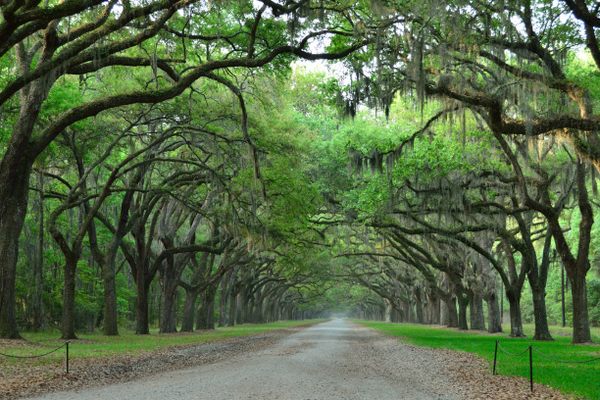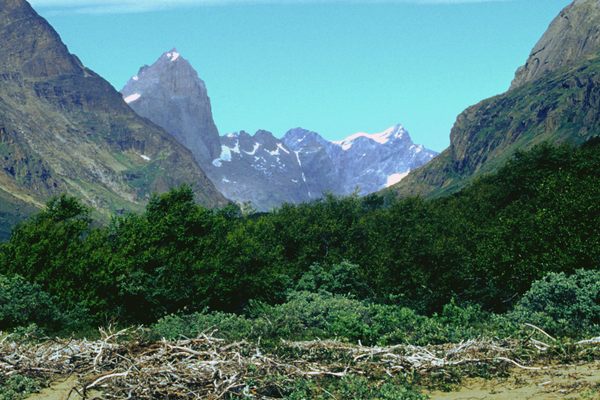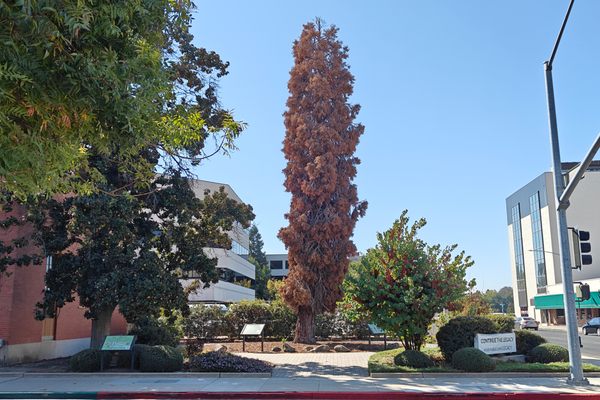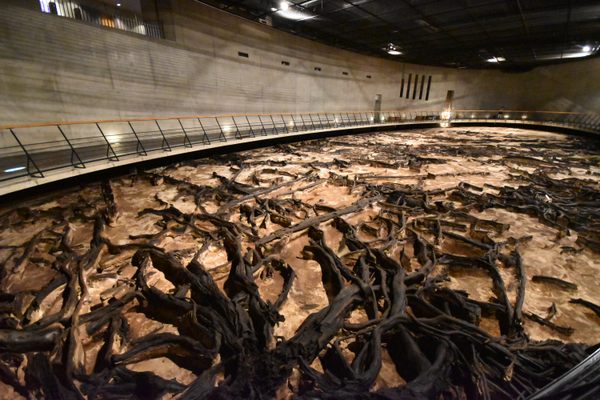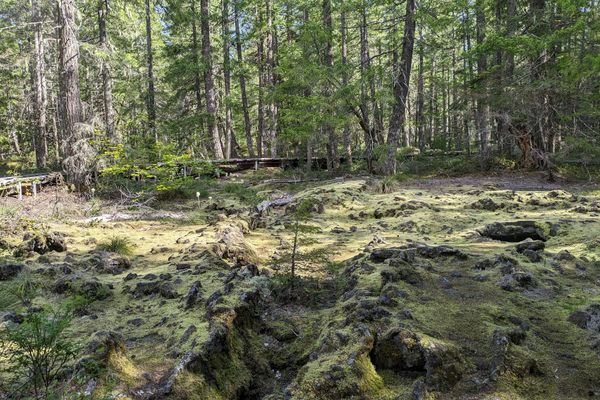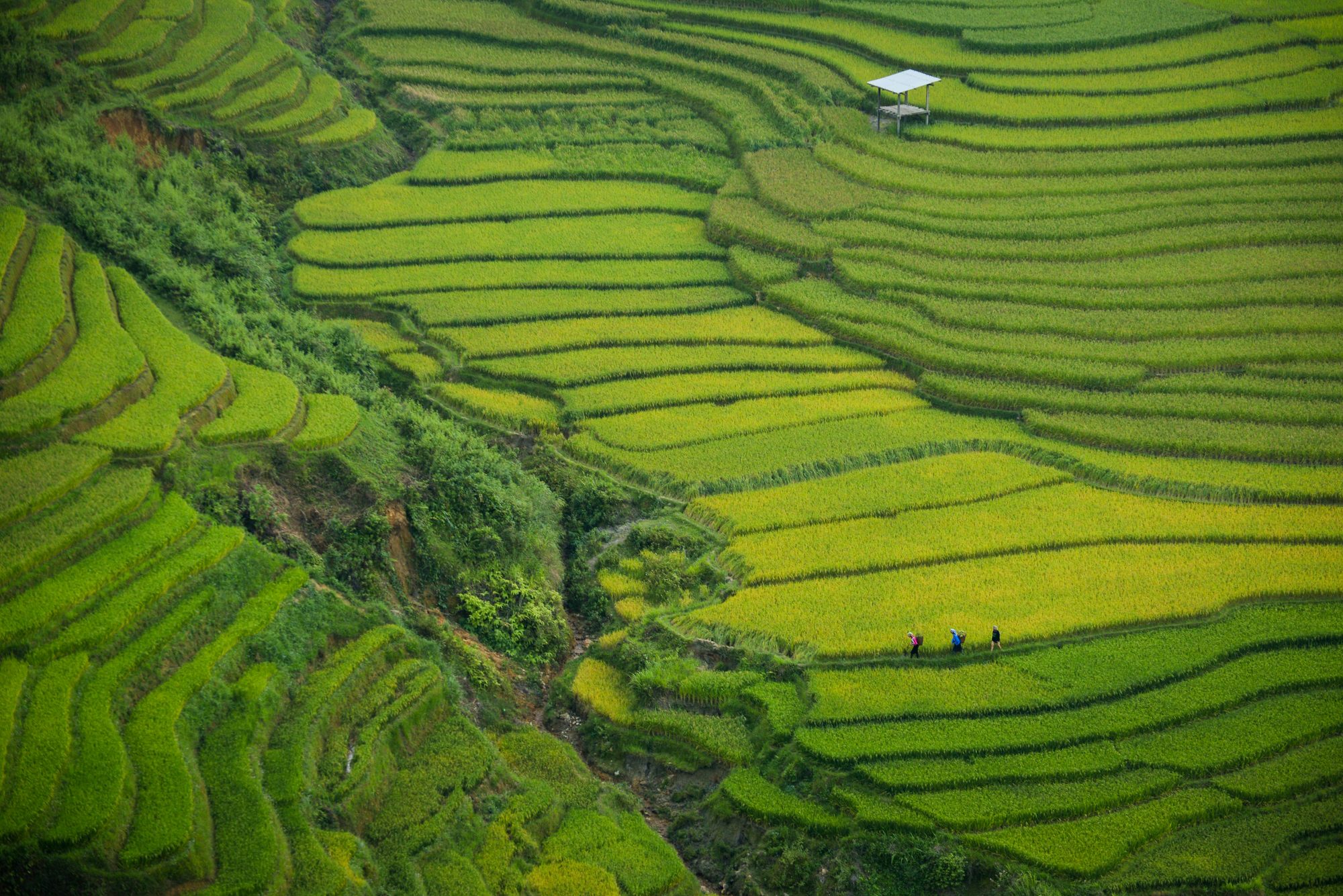About
How do you decide how big a tree is? It can’t just be height or circumference alone; it must be a weighted combination of some kind. And, of course, we want a non-destructive way to measure it; digging up the tree would defeat the purpose.
A widely used system, at least in the United States, is the American Forests point system. This is defined as: circumference (in inches) + height (in feet) + one quarter the average crown spread (in feet). Or, in an algebraic formula: x + y + z/4, where x is circumference, y is height, and z is average crown spread.
This juniper in central Oregon has a score of 312, tying with another juniper in Lane County to the east. Both scores are far above any other junipers, making these trees truly exceptional.
Why does it matter which tree is the biggest? Perhaps because this sort of competition helps raise awareness of the natural world in general and forests in particular. More importantly, such a large size is a proxy for forest health. For a tree to grow so large, its environment must have remained stable and undisturbed for centuries. This juniper now stands as the centerpiece of an officially designated old-growth forest.
Related Tags
Know Before You Go
The Co-Champion Juniper is remote off unimproved roads. There are a number of possible routes but none is on pavement. One reasonably straightforward route is as follows.
Go 20.7 miles east on US 20 from its intersection with NE 3rd Street (US 97 Business) in downtown Bend to the junction (at about 43.90041 N, 120.98745 W) with USFS 23 and turn right (south). Then go 25.5 miles on USFS 23 to where the road continues straight as USFS 2325, while USFS 23 bends to the right (at about 43.61318 N, 120.85783 W). Continue on USFS 2325 4.8 miles to an intersection with USFS 700 (at about 43.54698 N, 120.85834 W). USFS 2325 parallels a high-voltage line along here. Now turn right (west) on USFS 700 and go 2.6 miles, being sure to stay on USFS 700 as it winds around. The juniper will be on the right at about 43.55214 N, 120.89923 W. The tree is surrounded by a rail fence.
The smaller roads will require high clearance and maybe 4wd, in case of washouts. Four-wheel-drive is likely to be necessary in wet conditions, and in any event the roads are not passable in winter.
Community Contributors
Added By
Published
April 10, 2025
